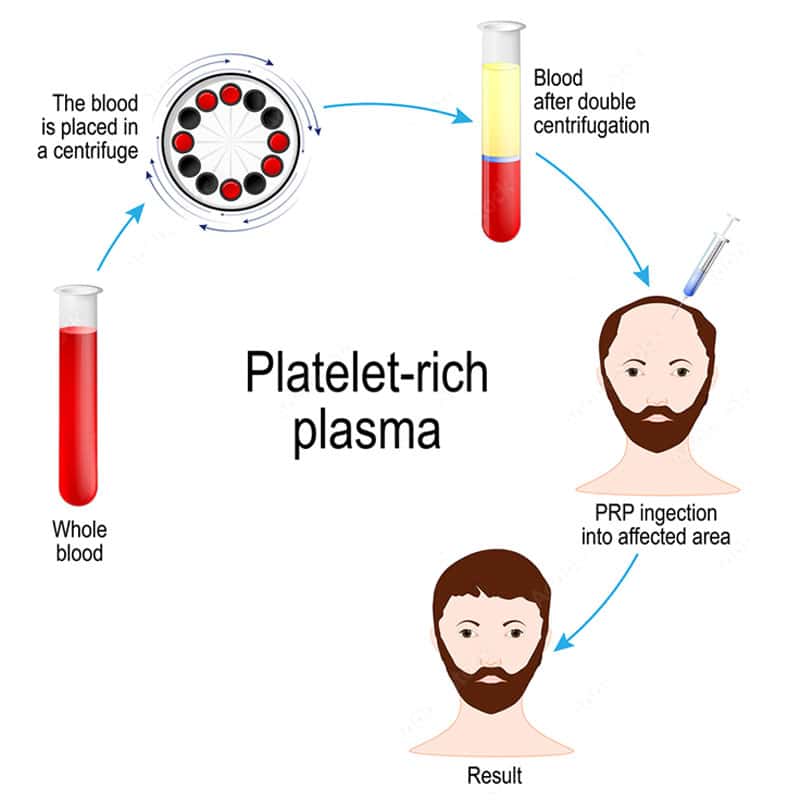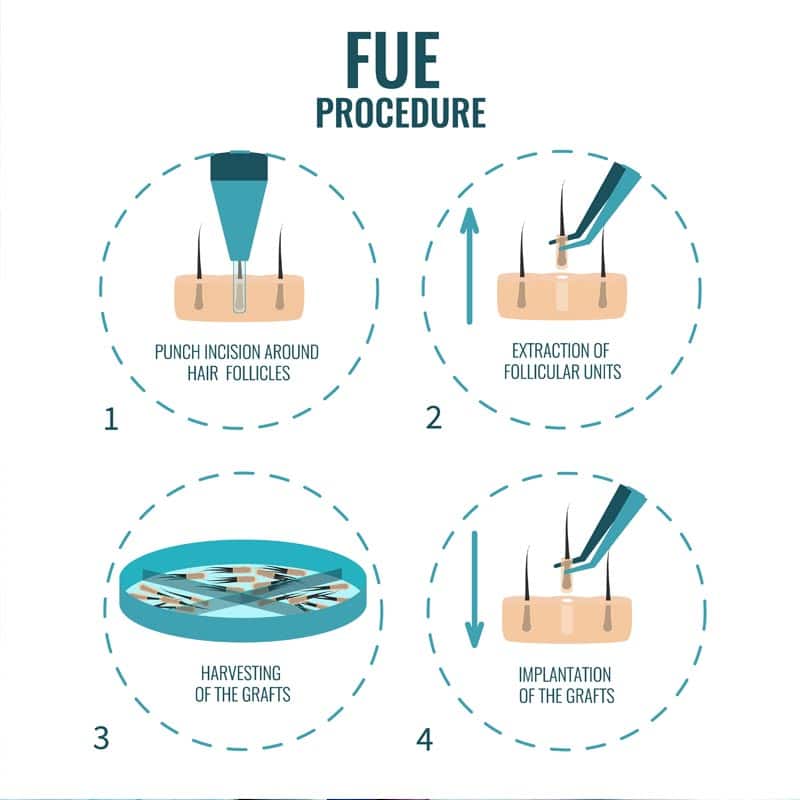Description:
Cervical cancer treatment, also known as cervical carcinoma, depends on the stage of cancer, its spread, and the patient’s overall health. Treatment options include surgical procedures, radiation therapy, chemotherapy, or a combination of these methods. The goal of treatment is to completely remove or destroy the cancer while maintaining the patient’s quality of life.
Indications:
- Early Stages of Cervical Cancer: For small tumors confined to the cervix, surgical removal of the tumor or the entire uterus (hysterectomy) is often recommended.
- Advanced Stages: If cancer has spread beyond the cervix, radiation therapy and/or chemotherapy may be necessary to kill cancer cells and stop tumor growth.
- Recurrent or Metastatic Cancer: For cancer that has returned after initial treatment or spread to other parts of the body, additional treatments such as extensive surgery, radiation therapy, or systemic therapies may be needed.
Procedure:
- Surgical Procedures: In early stages of cancer, a conization (removal of a cone-shaped piece of tissue from the cervix) or a hysterectomy can be performed to remove the affected tissue. For more extensive cancer, a radical hysterectomy may be required, involving the removal of surrounding tissue and lymph nodes.
- Radiation Therapy: This method uses high-energy radiation to kill cancer cells. It can be used as a standalone treatment or in combination with surgery and/or chemotherapy, especially in advanced stages or as follow-up after surgery.
- Chemotherapy: Chemotherapy uses drugs to destroy cancer cells or stop their growth. It can be used in conjunction with radiation therapy (called concurrent chemoradiotherapy) to increase the effectiveness of radiation treatment or alone in advanced cancer.
- Targeted Therapy and Immunotherapy: For certain types of cervical cancer, targeted therapies that attack specific characteristics of cancer cells and immunotherapies that help the patient’s immune system fight cancer are available.
Benefits:
- Cancer Removal: Surgical procedures can effectively remove cancer in the early stages, increasing the chances of cure.
- Tumor Control: Radiation therapy and chemotherapy can slow or stop tumor growth and help control the disease.
- Preservation of Quality of Life: A combination of treatments can often achieve a balance between effective cancer control and maintaining a good quality of life.
- Customizable Treatment Options: Treatment can be tailored according to the cancer stage and the patient’s individual needs.




